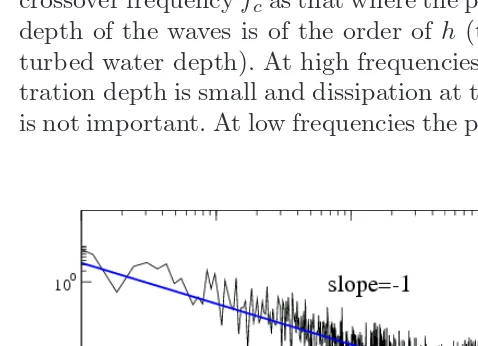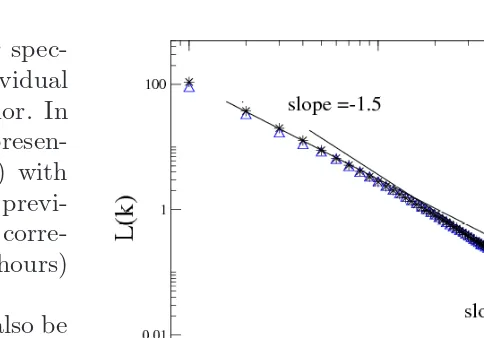SOME CASES OF CROSSOVER BEHAVIOR IN HEART INTERBEAT AND ELECTROSEISMIC TIME SERIES
Texto completo
Figure




Documento similar
A conditional sampling technique based on a Fuzzy Clustering algorithm has been applied to the analysis of time series of spanwise vorticity fields obtained from time resolved PIV
In this paper, we study the asymptotic (large time) behavior of a selection-mutation-competition model for a population structured with respect to a phenotypic trait when the rate
Following this idea, the entire time series of biosignals have to be analysed (excluding only artefacts parts) and hypotheses about the development in time have not to be
In sum, we observe some influence of property rights theory variables on exercising control in the cooperative, mainly when focusing on the time horizon of investments and on
In another study, Guisan (2004) uses annual time series data for the period 1960-2002 for a number of countries including China, India and Japan and finds that increases in
In team analysis, games were used as the chronologycal variable for the time series, so the team-related statistics are calculated by game for each team, which provided us
However, this is still a problem far from being solved and in this work we will address it as a classifica- tion problem working with delay vectors of the wind power time series
From that moment on, more proposals emerged focused on offering more efficient algorithms capable of processing larger sets of time series: the Proximity Forest algorithm [LSP +

